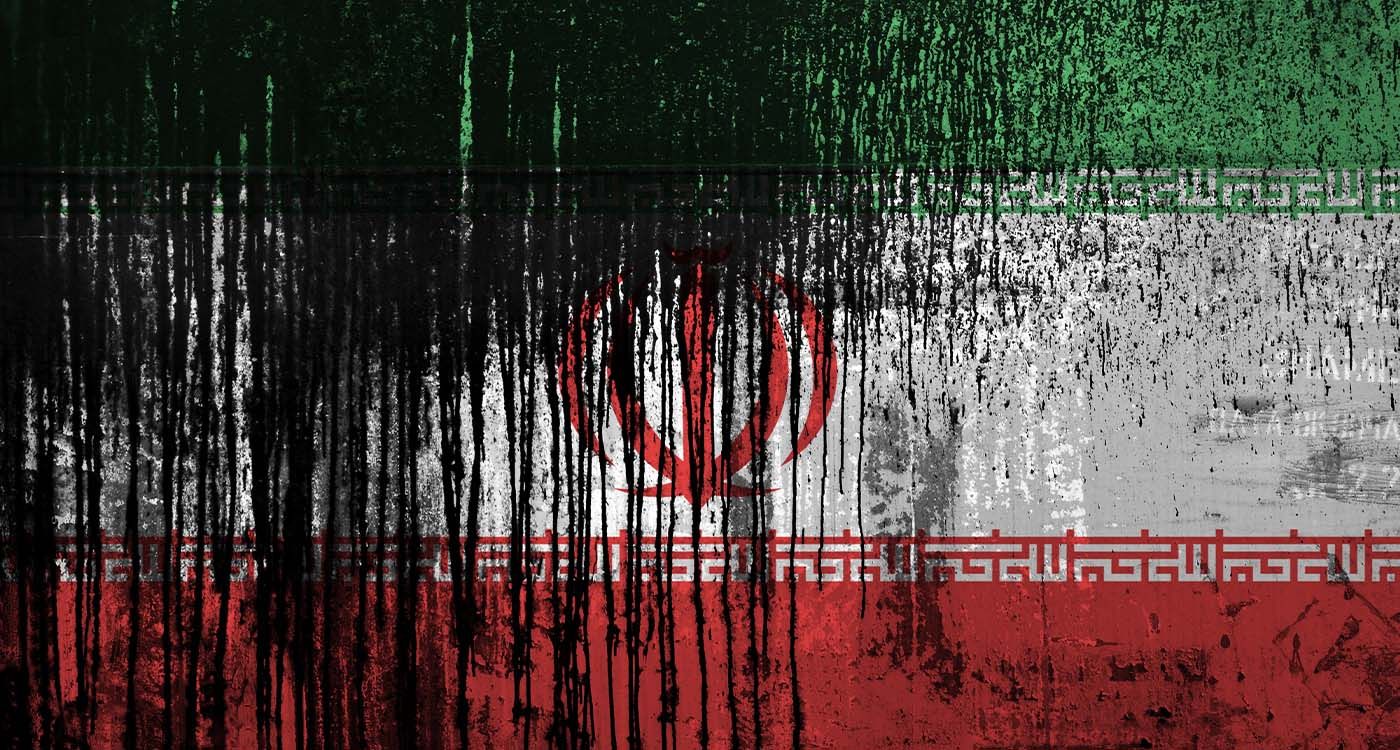- Home
- Middle East
- Has the Countdown for Collapse Started in Iran?

©Envato
A seismic shift appears to be underway in the Middle East. The tremors so far are faint but detectable, hinting at an upcoming eruption along the region’s geopolitical fault lines. Iran's ruling clerical regime is showing signs of great vulnerability, not just those pointing to potential unrest but also to the beginnings of a systemic collapse. Here is what is happening, and why the countdown may already have begun.
Iran has reportedly started repositioning strategic military units from near its western border to areas deep within the country's interior, including south of Tehran and east of Esfahan. This includes moving air defense batteries out of Khuzestan and pulling back missile units from Kermanshah. The Islamic Revolutionary Guard Corps (IRGC) is also reportedly relocating its command-and-control sites to underground bunkers. These moves are not acts of strategic repositioning. They are driven by fear.
This is the behavior of a regime expecting something bad, and soon. Even more telling? For the first time in two decades, no IRGC commander is publicly inspecting front-line military sites. They have retreated behind closed doors.
Beijing and Moscow appear to have noticed. So have Tehran's arch-foes, the Israelis.
Forget ideology. Iran's clerical regime survives on money, and its finances are drying up. The snapback of UN sanctions on Iran in September threatens its revenue streams. Rumor has it that Iran is selling off its gold reserves and confiscating private holdings of the precious metal to meet payroll.
Regimes do not resort to such measures unless they are on financial life support. Not when their elites are posting videos of lavish weddings.
The rial is in freefall. Even the bazaar merchants of Tehran, traditionally a regime bulwark, are openly cursing Supreme Leader Ayatollah Ali Khamenei. If the merchants are switching sides, the end is near.
One key development has received little media attention: Iran's network of militias in Iraq is coming under increasing pressure from Washington, Ankara, Riyadh and Iraqi nationalist forces.
The US has reportedly warned Baghdad of planned operations involving Iraqi militias and Iran-linked targets. Iraqi army units, meanwhile, have reportedly blocked convoys of the Popular Mobilization Forces—made up of Tehran's proxies—from moving toward the Iranian border. For the first time since 2003, Iraq might not be Iran's backyard playground. Instead, it might become a new front in an anti-Iran coalition.
Few are as invested in Iran's stability as Hezbollah, and the organization's recent movements indicate it fears its patron may be falling apart. Rumors are circulating that Hezbollah is moving its precision-guided missile systems into tunnels near Baalbek, evacuating senior cadres from Dahyeh, and conducting deployment drills in the Bekaa under drone surveillance.
Hezbollah does not behave like this unless Tehran has told them, “Get ready. We may not be able to protect you soon.”
Regimes do not fall when people rise up. They fall when the ruling elites begin to doubt each other, as is rumored to be happening in Iran. Leaked IRGC internal memos allegedly refer to “fatal leadership miscalculations,” while senior clerics privately blame the IRGC for “inviting Israel’s vengeance.”
Economic problems, elite fractures, withering of proxies, and military withdrawals: these are the ingredients of a potential collapse, one that can disrupt the entire regional order.
Read more





Comments